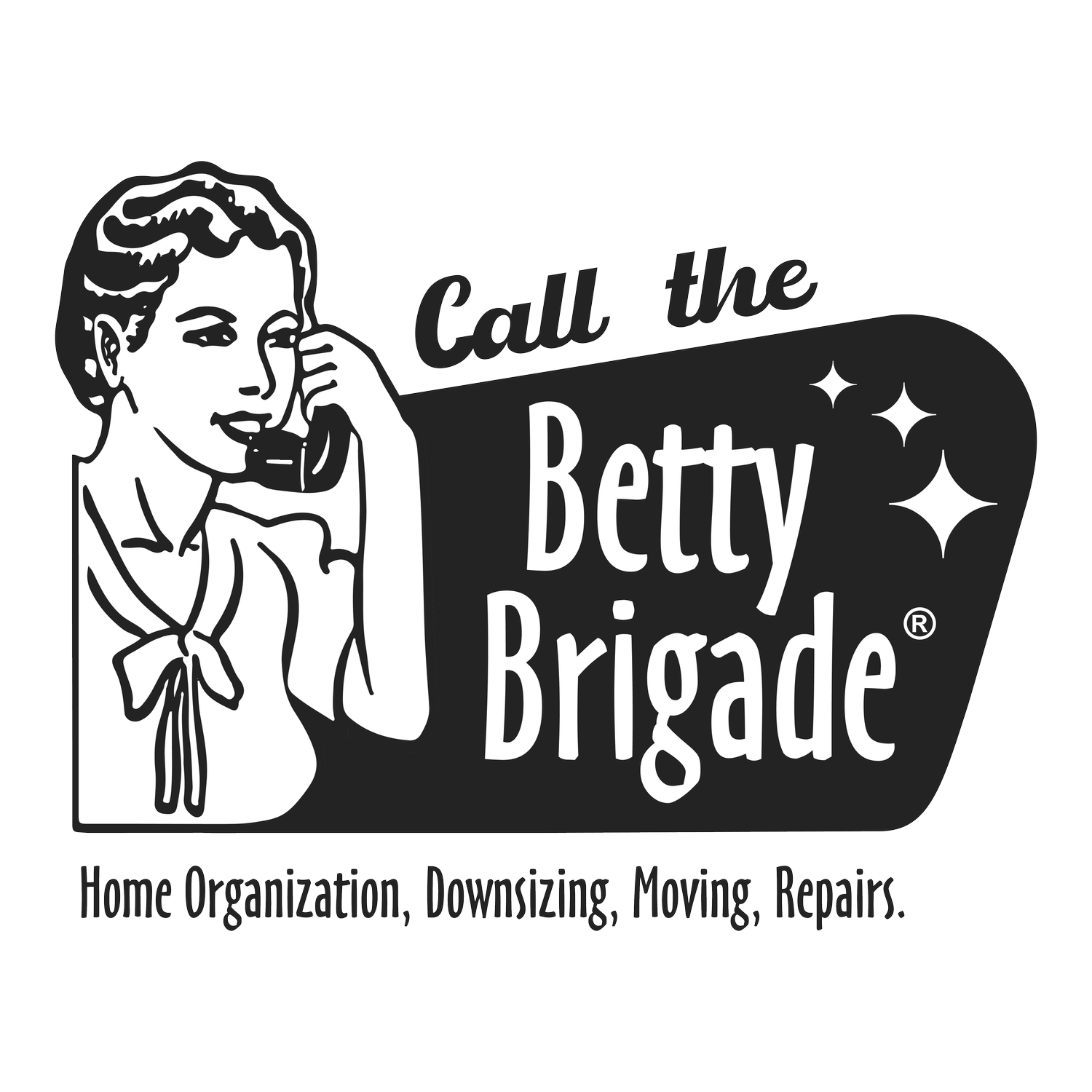Hoarder Or Compulsive Saver? Why It Is Important & Who Can Help?
Living with a hoarder or having to help one go through a relocation process can be very challenging. Below you will find some facts to keep in mind
According to Dictionary.com, a hoarder is a person who “accumulates money, food, or the like, in a hidden or carefully guarded place for preservation, and future use.”Hoarding is a mental illness in which people hold onto items that seem meaningless to most people. Yet to the hoarder, getting rid of them feels like a life or death decision.
If you are a hoarder, or live with one, getting professional psychological help is a critical first step.
Often families of hoarders have been living with too much stuff in their lives for years or decades. And they possibly have given up on trying to change the hoarder’s behavior. That is why it is essential to involve someone who specializes in working on the psychology of hoarding. If you need suggestions, we have some excellent referrals we can send your way for professionals who work with hoarders and compulsive shoppers.
Here’s a new distinction: what are hoarding tendencies? It is when someone is not a “true hoarder,” meaning they will regularly get rid of the trash and go through their personal items and get rid of “stuff,” but usually not until someone “urges” them to do it. For example, these are the “I might need that thing someday” people. They revel in the fact that they are savers and like to point out to their (often frustrated) partner that they already have the item that is needed to complete a project. This is the “up” side. The “down” side is it may take them hours to find that item in the morass of stuff they are saving. These folks are often disorganized and have to re-purchase items again and again because they cannot find the original item they are searching for in the first place.
The real question for your downsizing project is: Are you, or are you dealing with, someone who is a true hoarder, or just someone with hoarding tendencies?
Everyone has a “black hole,” or at least one area they feel is out of control that they don’t know how to fix. For someone with hoarding tendencies, there may be more than one larger area like that, or maybe every storage area may be packed full. With a true hoarder, their home is totally packed full, to the point where they cannot navigate safely, or even find a clear area to sit or lie down.
Hoarding Versus Collecting
Hoarding is not the same as collecting. In general, collectors have a sense of pride in their possessions, and they experience joy in displaying and talking about them. They usually keep their collection organized, feel satisfaction when adding to it, and budget their time and money.Those who hoard usually experience embarrassment about their possessions and feel uncomfortable when others see them.
They have clutter, often at the expense of livable space, feel sad or ashamed after acquiring additional items, and they are often in debt.Most people (70%) are just normal savers who have been holding onto stuff for too long because they think it’s valuable or sentimental.
But there are real hoarders out there. You will know because there is no mistaking them. There are little pathways through their homes (aka “goat paths”).
True hoarders rarely have anyone come inside their home. Their garages and front porches are often an “overflow” area for what won’t fit in the house. They also rarely have maintenance done on their home unless there is a major disaster like a fire or flood.
They may be sleeping on a corner of a couch and cannot offer visitors a place to sit. If you know a true hoarder, you can try to do an intervention and get them into therapy. Or you can wait until there is a crisis like a flood to intervene, or you can wait for them to pass away or move out of the home, and then get a professional in to do the work. It won’t be a small job, so this is where you want to hire someone who really knows how to manage an enormous amount of stuff.
Downsizing the Silver Tsunami - The Betty Brigade - Sharon McRill
Article based on my most recent book, "Downsizing the Silver Tsunami." This book is a practical resource for anyone who is facing the task of downsizing—moving from a larger family home to a smaller house, condo, or multi-family living situation. Learn more.



